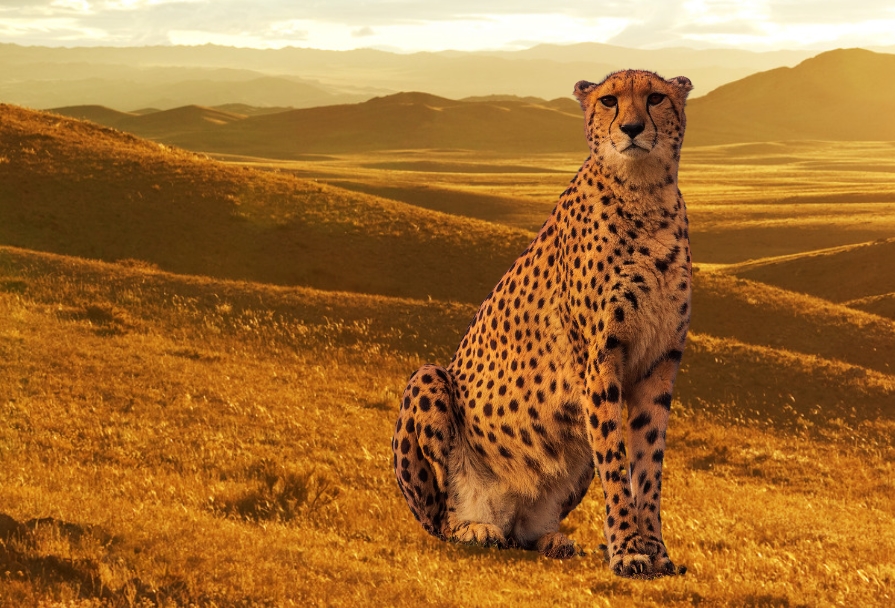India, Kenya to Discuss Cheetah Sourcing for Wildlife Sanctuary
India has expressed interest in sourcing cheetahs from Kenya for the next stage of Project Cheetah. A delegation of Kenyan officials is due to visit India later this month to discuss the possible translocation, including the number of cheetahs they might be willing to part with.
The Gandhi Sagar wildlife sanctuary in Madhya Pradesh has been selected as a location for this phase of the project. The plan under Project Cheetah is to introduce 8 to 14 cheetahs annually over five years, depending on availability. Currently, there are 27 cheetahs in Kuno – 13 adults and 14 cubs. Since the start of the project, 10 cheetahs have died due to illnesses and infections. Because of this high mortality rate, India is looking to Kenya as another potential source of the predators.
This visit by the Kenyan delegation may also include an assessment of the preparations made by the Madhya Pradesh forest department at the Gandhi Sagar sanctuary.
About Project Cheetah
Project Cheetah is a groundbreaking initiative of the Government of India to reintroduce cheetahs to the country after their local extinction in 1952. In September 2022, eight African cheetahs were translocated from Namibia to Kuno National Park in Madhya Pradesh, marking a significant milestone in wildlife conservation efforts.
The project aims to establish a sustainable cheetah population, restore the species’ historical range, and enhance the biodiversity of Indian ecosystems. Intensive monitoring, habitat management, and community engagement are crucial components of this ambitious endeavor.
About Gandhi Sagar Wildlife Sanctuary
The ‘Gandhi Sagar Wildlife Sanctuary’ is an abundant natural reserve situated in the northern boundary of the Mandsaur and Nimach districts in Madhya Pradesh. Covering an area of 368.62 square kilometres, this sanctuary is a prime habitat for a wide range of flora and fauna.
It was established in 1974 and is named after the Gandhi Sagar Dam, which is located nearby. The sanctuary is home to many animal species such as leopards, chital, sambar, nilgai, sloth bear and four-horned antelope. It also includes several bird species, making it a haven for bird watchers.
About Cheetah
Acinonyx jubatus, commonly known as the cheetah, is a large feline species belonging to the subfamily Felinae. They are typically solitary animals, with females raising cubs independently. Cheetahs play a crucial role as top predators in their ecosystems, helping to maintain balance in prey populations. Cheetahs are the only cats that cannot fully retract their claws, an adaptation for better traction while running. Unlike other big cats, cheetahs purr instead of roaring due to their unique vocal cord structure. They have exceptionally high-pitched chirps, often used to locate cubs. Cheetahs have poor night vision compared to other cats and primarily hunt during the day. Remarkably, their tails act as rudders, providing balance and steering during high-speed chases and sharp turns.
Month: Current Affairs - May, 2024
Category: Environment Current Affairs


